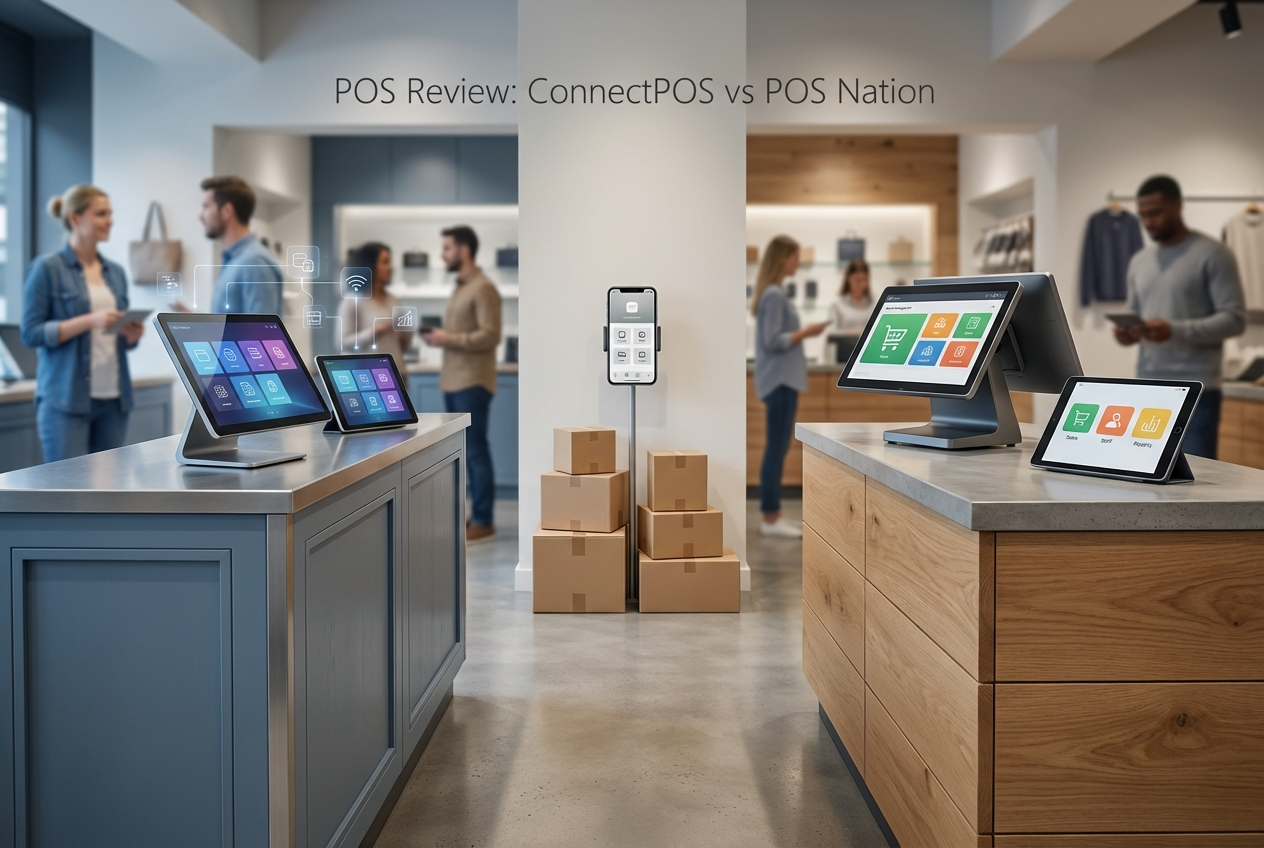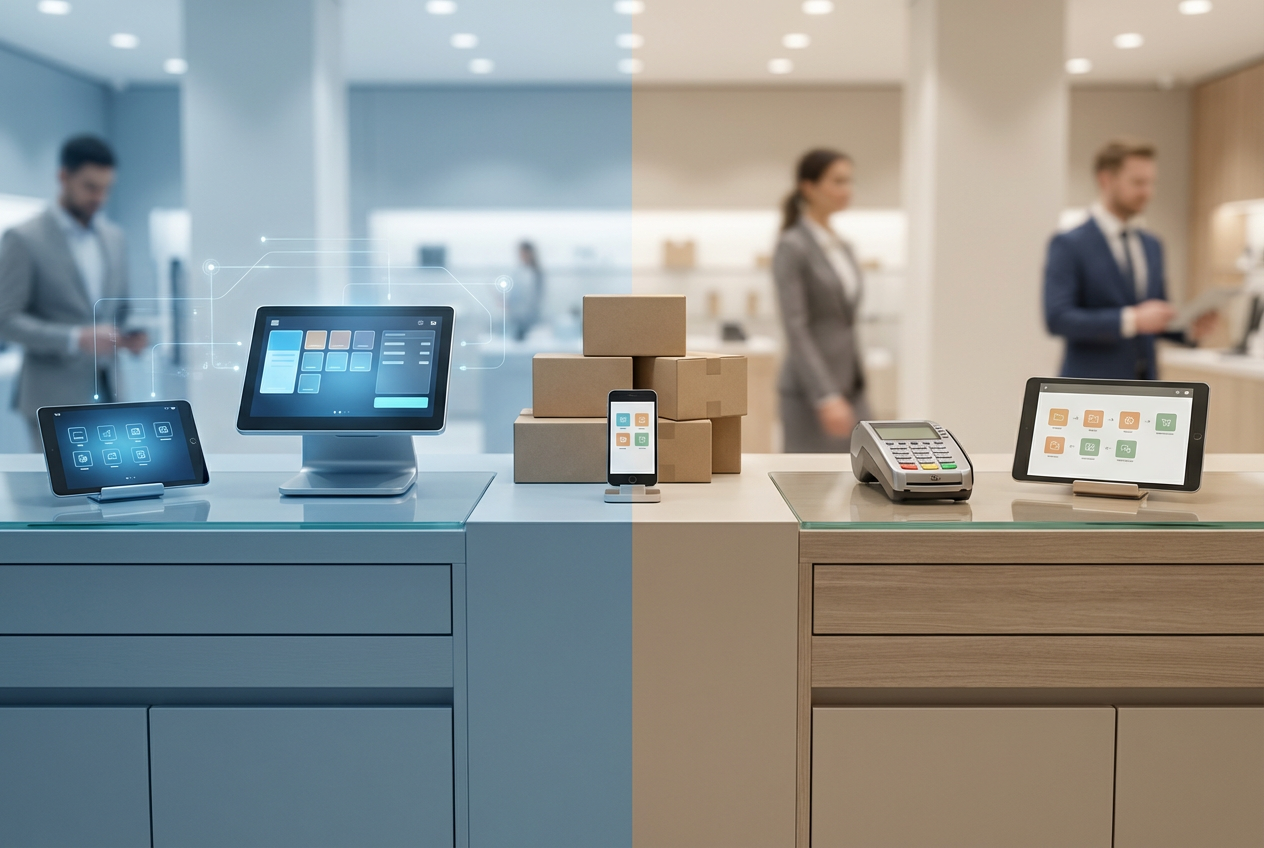What Are Discounts in a POS System?
Discounts are any price reduction applied to items or orders, either automatically or manually, through the POS system. They’re used to drive sales, reward specific customer groups, or clear out inventory.
Discounts are a key business tool used to drive sales, attract new customers, reward specific customer groups, or clear out old inventory. They are a core function of modern POS software and are meticulously tracked to ensure accuracy and provide valuable data for business analysis.
Types of Discounts
POS systems can handle a variety of discount types, offering flexibility for different marketing strategies:
- Item-level Discounts: A price reduction applied to one or more specific products in an order. For example, “10% off on all T-shirts.”
- Order-level Discounts: A price reduction applied to the full order total after all items have been added. For example, “Take $5 off your total purchase.”
- Percentage-based Discounts: A discount calculated as a percentage of the price, such as “15% off.”
- Fixed-amount Discounts: A set monetary value is removed from the price, such as “$10 off.”
- Automatic Discounts: These discounts are triggered by specific rules programmed into the POS system. For example, “Buy three, get one free” or “Get 20% off when you spend over $100.” The system applies these automatically during checkout.
- Manual Discounts: These are applied by staff, often with a manager code or specific permissions, for situations that don’t fit a pre-set rule. This is used for a special customer, an employee discount, or a price match.
How Discounts Work in Practice
The process of implementing and tracking discounts is a core part of a POS system’s functionality:
Setup: A manager or administrator first sets up the discount in the POS system’s back-office. This includes giving it a name (e.g., “Student Discount”), specifying its type (percentage or fixed amount), and defining the rules (e.g., valid on Tuesdays only, applies to a specific category).
Application: The discount is then made available at the register. For automatic discounts, the system applies it as soon as the conditions are met. For manual discounts, a cashier selects the discount from a menu and, if required, enters a manager code to apply it.
Tracking: The POS system logs every discount applied and includes this data in its reports. The discount amount is subtracted from the subtotal and is clearly displayed on the customer’s receipt.
Why Discounts Are Useful
Discounts are a versatile tool that can directly impact a business’s sales and operational goals:
Drives Traffic and Sales: Time-limited promotions and offers can create a sense of urgency, attracting customers to a store or website and boosting immediate sales.
Increases Basket Size: Discounts like “spend $50, get $10 off” or “buy two, get the third half price” encourage customers to purchase more items, increasing the average transaction value.
Clears Old Inventory: Discounts are a proven method for moving slow-selling, seasonal, or clearance items off the shelves, which frees up valuable space and capital.
Builds Loyalty and Rewards: Targeted discounts for loyalty members, employees, or special groups (like students or seniors) make customers feel valued and encourage repeat business.
Streamlines Checkout: Automatic discounts reduce the workload on staff and minimize the chance of human error. The system handles the complex calculations, making the checkout process faster and more accurate.
With a well-thought-out setup, discounts can support both sales growth and smarter inventory management. They are a powerful tool for boosting revenue without unnecessarily cutting into your profit margins.
How ConnectPOS Helps with Discounts
ConnectPOS simplifies the way retailers apply, track, and manage discounts across all sales channels. Whether you’re running a flash sale, offering bulk-buy incentives, or rewarding loyal customers, ConnectPOS gives you full control over discount rules with minimal manual input.
Using real-time inventory sync and omnichannel management, ConnectPOS applies automatic discounts based on pre-set triggers – like cart value, item quantity, or customer group, ensuring consistency whether customers shop in-store or online. You can also assign manual discounts at checkout with role-based permissions, keeping approvals secure and traceable.
Detailed reporting tools let you monitor how discounts impact sales and stock levels so you can adjust promotions based on real performance data.
With ConnectPOS, you can run smarter promotions, move inventory faster, and create a better checkout experience, without slowing down operations. Ready to streamline your discount strategy? ConnectPOS makes it easy.
« Back to Glossary Index

